-
Executive Summary
-
Scope of the Report
-
Market Definition
-
Scope of the Study
- Definition
- Assumptions
- Limitations
-
Research Objective
-
Research
- Primary Research
- Secondary Research
-
Process
-
Market
-
Size Estimation
-
Forecast Model
-
Market Landscape
-
Porter’s
- Threat of New Entrants
- Bargaining Power
- Threat of Substitutes
- Segment Rivalry
-
Five Forces Analysis
-
of Buyers
-
Bargaining Power of Buyers
-
Value Chain/Supply Chain Analysis
-
Market
-
Dynamics
-
Introduction
-
Market Drivers
-
Market Restraints
-
Market Opportunities
-
Global Particle Board Market, by Raw Material
-
Type
-
Introduction
-
Wood
-
Bagasse
-
Estimates & Forecast, by Region, 2020-2027
-
Estimates & Forecast, 2020-2027
-
by Region, 2020-2027
-
Sawdust
-
Shavings
-
Flakes
-
Chips
-
Market Estimates & Forecast,
-
Market Estimates & Forecast, by Region, 2020-2027
-
Market Estimates & Forecast, 2020-2027
-
Market
-
Others
- Market
- Market Estimates & Forecast,
-
Global Particle Board Market, by Product Type
-
Introduction
-
Fire-Resistant Particle Board
- Market Estimates
- Market Estimates & Forecast, by Region,
-
& Forecast, 2020-2027
-
Moisture-Resistant Particle Board
- Market Estimates
- Market Estimates & Forecast, by Region,
-
& Forecast, 2020-2027
-
Plain Particle Board
- Market Estimates & Forecast,
- Market Estimates & Forecast, by Region, 2020-2027
-
Global Particle Board Market, by Application
-
Introduction
-
Construction
- Market Estimates & Forecast, 2020-2027
- Market Estimates &
-
Forecast, by Region, 2020-2027
-
Furniture
- Market Estimates &
- Market Estimates & Forecast, by Region, 2020-2027
-
Forecast, 2020-2027
-
Infrastructure
- Market Estimates & Forecast, 2020-2027
-
Market Estimates & Forecast, by Region, 2020-2027
-
Others
- Market Estimates & Forecast,
-
Market Estimates & Forecast, 2020-2027
-
by Region, 2020-2027
-
Global Particle Board Market, by Region
-
Introduction
-
North America
- Market Estimates & Forecast, 2020-2027
-
Market Estimates & Forecast, by Raw Material Type, 2020-2027
-
Estimates & Forecast, by Product Type, 2020-2027
-
& Forecast, by Application, 2020-2027
-
& Forecast, 2020-2027
-
Type, 2020-2027
-
Canada
-
Estimates & Forecast, by Raw Material Type, 2020-2027
-
& Forecast, by Product Type, 2020-2027
-
by Application, 2020-2027
-
Forecast, 2020-2027
-
Type, 2020-2027
-
Forecast, by Raw Material Type, 2020-2027
-
by Product Type, 2020-2027
-
Market
-
Market Estimates
-
US
-
Market Estimates
-
Market Estimates & Forecast, by Raw Material
-
Market Estimates & Forecast, by Product Type, 2020-2027
-
Market Estimates & Forecast, by Application, 2020-2027
-
Market Estimates & Forecast, 2020-2027
-
Market
-
Market Estimates
-
Market Estimates & Forecast,
-
Mexico
-
Market Estimates &
-
Market Estimates & Forecast, by Raw Material
-
Market Estimates & Forecast, by Product Type, 2020-2027
-
Market Estimates & Forecast, by Application, 2020-2027
-
Europe
- Market Estimates & Forecast, 2020-2027
- Market Estimates &
- Market Estimates & Forecast,
- Market Estimates & Forecast, by Application,
- UK
-
Market Estimates & Forecast, by Product Type, 2020-2027
-
Estimates & Forecast, by Application, 2020-2027
-
Market Estimates & Forecast, 2020-2027
-
by Raw Material Type, 2020-2027
-
Product Type, 2020-2027
-
Market
-
Germany
-
Market Estimates & Forecast,
-
Market Estimates & Forecast, by
-
Market Estimates & Forecast, by Application,
-
France
-
Market Estimates & Forecast, 2020-2027
-
Market Estimates & Forecast, by Raw Material Type, 2020-2027
-
Market Estimates & Forecast, by Product Type, 2020-2027
-
Estimates & Forecast, by Application, 2020-2027
-
Market Estimates & Forecast, 2020-2027
-
by Raw Material Type, 2020-2027
-
Product Type, 2020-2027
-
Market
-
Italy
-
Market Estimates & Forecast,
-
Market Estimates & Forecast, by
-
Market Estimates & Forecast, by Application,
-
Rest of Europe
-
Market Estimates & Forecast,
-
Market Estimates & Forecast, by Raw Material Type, 2020-2027
-
Market Estimates & Forecast, by Product Type, 2020-2027
-
Market Estimates & Forecast, by Application, 2020-2027
-
Asia-Pacific
- Market Estimates & Forecast, 2020-2027
- Market Estimates &
- Market Estimates & Forecast,
- Market Estimates & Forecast, by Application,
- China
-
Forecast, by Raw Material Type, 2020-2027
-
by Product Type, 2020-2027
-
Market Estimates & Forecast, by Product Type, 2020-2027
-
Estimates & Forecast, by Application, 2020-2027
-
Market Estimates & Forecast, 2020-2027
-
by Raw Material Type, 2020-2027
-
Product Type, 2020-2027
-
Market
-
Japan
-
Market Estimates & Forecast,
-
Market Estimates & Forecast, by
-
Market Estimates & Forecast, by Application,
-
India
-
Market Estimates & Forecast, 2020-2027
-
Market Estimates & Forecast, by Raw Material Type, 2020-2027
-
Market Estimates & Forecast, by Product Type, 2020-2027
-
Estimates & Forecast, by Application, 2020-2027
-
& Forecast, by Raw Material Type, 2020-2027
-
Forecast, by Product Type, 2020-2027
-
by Application, 2020-2027
-
& Forecast, 2020-2027
-
Type, 2020-2027
-
Arabia
-
Estimates & Forecast, by Raw Material Type, 2020-2027
-
& Forecast, by Product Type, 2020-2027
-
by Application, 2020-2027
-
Market
-
Rest of Asia-Pacific
-
Market Estimates & Forecast, 2020-2027
-
Market Estimates
-
Market Estimates &
-
Market Estimates & Forecast,
-
Middle East & Africa
- Market Estimates
- Market Estimates & Forecast, by Raw Material
- Market Estimates & Forecast, by Product Type, 2020-2027
- Market Estimates & Forecast, by Application, 2020-2027
- Saudi
- UAE
-
Market Estimates & Forecast, by Application, 2020-2027
-
& Forecast, by Raw Material Type, 2020-2027
-
Forecast, by Product Type, 2020-2027
-
by Application, 2020-2027
-
Market Estimates & Forecast, 2020-2027
-
by Raw Material Type, 2020-2027
-
Product Type, 2020-2027
-
South Africa
-
Market Estimates & Forecast, 2020-2027
-
Market Estimates
-
Market Estimates &
-
Market Estimates & Forecast,
-
Rest of the Middle East & Africa
-
Market Estimates & Forecast,
-
Market Estimates & Forecast, by
-
Market Estimates & Forecast, by Application,
-
South America
- Market Estimates & Forecast, 2020-2027
- Market Estimates & Forecast, by Raw Material Type, 2020-2027
-
Market Estimates & Forecast, by Product Type, 2020-2027
-
& Forecast, by Application, 2020-2027
-
Estimates & Forecast, 2020-2027
-
by Raw Material Type, 2020-2027
-
Product Type, 2020-2027
-
Market Estimates
-
Argentina
-
Market
-
Market Estimates & Forecast,
-
Market Estimates & Forecast, by
-
Market Estimates & Forecast, by Application,
-
Brazil
-
Market Estimates & Forecast, 2020-2027
-
Market Estimates & Forecast, by Raw Material Type, 2020-2027
-
Market Estimates & Forecast, by Product Type, 2020-2027
-
Estimates & Forecast, by Application, 2020-2027
-
& Forecast, by Raw Material Type, 2020-2027
-
Forecast, by Product Type, 2020-2027
-
by Application, 2020-2027
-
Market
-
Rest of South America
-
Market Estimates & Forecast, 2020-2027
-
Market Estimates
-
Market Estimates &
-
Market Estimates & Forecast,
-
Competitive Landscape
-
Company Profile
-
Timber Products Company
- Company Overview
- Products/Services
- Financial Overview
- Key Developments
- SWOT Analysis
-
Offered
-
Key Strategies
-
Roseburg
- Company
- Products/Services Offered
- Financial Overview
- Key Developments
- Key Strategies
- SWOT Analysis
-
Overview
-
Uniboard
- Company Overview
- Products/Services Offered
- Financial Overview
- Key Developments
- Key Strategies
- SWOT Analysis
-
Dakota Premium Hardwoods
- Company Overview
- Products/Services Offered
- Financial Overview
- Key
- Key Strategies
- SWOT Analysis
-
Developments
-
Associate
- Company Overview
- Products/Services Offered
- Financial Overview
- Key Developments
- Key Strategies
- SWOT Analysis
-
Decor Limited
-
Boise Cascade
- Company Overview
- Financial Overview
- Key Developments
- Key Strategies
- SWOT Analysis
-
Products/Services Offered
-
D&R Henderson Pty
- Company Overview
- Products/Services Offered
- Key Developments
- Key Strategies
-
Ltd
-
Financial Overview
-
SWOT Analysis
-
Green Land Particle Board
- Company Overview
- Products/Services Offered
- Financial Overview
- Key
- Key Strategies
- SWOT Analysis
-
Developments
-
Century
- Company Overview
- Products/Services
- Financial Overview
- Key Developments
- SWOT Analysis
-
Plyboards India Ltd.
-
Offered
-
Key Strategies
-
Krifor Industries
- Products/Services Offered
- Financial Overview
- Key Developments
- Key Strategies
- SWOT Analysis
-
Company Overview
-
List of Tables
-
Global Particle Board Market, by Region, 2020-2027
-
North America: Global Particle Board Market, by Country, 2020-2027
-
Europe: Global Particle Board Market, by Country, 2020-2027
-
Table
-
Asia-Pacific: Global Particle Board Market, by Country, 2020-2027
-
Table 5
-
Middle East & Africa: Global Particle Board Market, by Country, 2020-2027
-
South America: Global Particle Board Market, by Country, 2020-2027
-
Global Particle Board Market, by Raw Material Type, by Region, 2020-2027
-
North America: Global Particle Board Market, by Raw Material Type,
-
by Country,
-
Europe: Global Particle Board Market, by Raw Material
-
Type, by Country, 2020-2027
-
Asia-Pacific: Global Particle Board Market,
-
by Raw Material Type, by Country,
-
Middle East & Africa: Global
-
Particle Board Market, by Raw Material Type, by Country, 2020-2027
-
Table 12
-
South America: Global Particle Board Market, by Raw Material Type, by Country, 2019-2025
-
Global Particle Board Market, by Product Type, by Region, 2020-2027
-
North America: Global Particle Board Market, by Product Type, by Country,
-
Europe: Global Particle Board Market, by Product Type,
-
by Country, 2020-2027
-
Asia-Pacific: Global Particle Board Market,
-
by Product Type, by Country, 2020-2027
-
Middle East & Africa:
-
Global Particle Board Market by Product Type, by Country, 2020-2027
-
Table 18
-
South America: Global Particle Board Market by Product Type, by Country, 2019-2025
-
Global Particle Board Market, by Application, by Region, 2020-2027
-
North America: Global Particle Board Market, by Application, by Country,
-
Europe: Global Particle Board Market, by Application, by
-
Country, 2020-2027
-
Asia-Pacific: Global Particle Board Market by
-
Application, by Country, 2020-2027
-
Middle East & Africa: Global
-
Particle Board Market by Application, by Country, 2019-2025
-
South
-
America: Global Particle Board Market by Application, by Country, 2020-2027
-
Global Particle Board Market, by Region, 2020-2027
-
Global
-
Particle Board Market, by Raw Material, 2020-2027
-
Global Particle
-
Board Market, by Product Type, 2020-2027
-
Global Particle Board Market,
-
by Application, 2020-2027
-
North America: Global Particle Board Market,
-
by Country
-
North America: Global Particle Board Market, by Raw Material
-
Type
-
North America: Global Particle Board Market, by Product Type
-
North America: Global Particle Board Market, by Application
-
Table
-
Europe: Global Particle Board Market, by Country
-
Europe: Global
-
Particle Board Market, by Raw Material Type
-
Europe: Global Particle
-
Board Market, by Product Type
-
Europe: Global Particle Board Market,
-
by Application
-
Asia-Pacific: Global Particle Board Market, by Country
-
Asia-Pacific: Global Particle Board Market, by Raw Material Type
-
Asia-Pacific: Global Particle Board Market, by Product Type
-
Table
-
Asia-Pacific: Global Particle Board Market, by Application
-
Middle
-
East & Africa: Global Particle Board Market, by Country
-
Middle
-
East & Africa: Global Particle Board Market, by Raw Material Type
-
Table
-
Middle East & Africa: Global Particle Board Market, by Product Type
-
Table
-
Middle East & Africa: Global Particle Board Market, by Application
-
Table
-
South America: Global Particle Board Market, by Country
-
South America:
-
Global Particle Board Market, by Raw Material Type
-
South America:
-
Global Particle Board Market, by Product Type
-
South America: Global
-
Particle Board Market, by Application
-
-
List of Figures
-
Figure
-
Research Process of MRFR
-
Top-Down and Bottom-Up Approach
-
Figure
-
Market Dynamics
-
Impact Analysis: Market Drivers
-
Impact
-
Analysis: Market Restraints
-
Porter’s Five Forces Analysis
-
Value Chain Analysis
-
Global Particle Board Market Share,
-
by Raw Material Type, 2020 (%)
-
Global Particle Board Market, by Raw
-
Material Type, 2020-2027 (USD Million)
-
Global Particle Board Market
-
Share, by Product Type, 2020 (%)
-
Global Particle Board Market, by
-
Product Type, 2020-2027 (USD Million)
-
Global Particle Board Market
-
Share, by Application, 2020 (%)
-
Global Particle Board Market, by
-
Application, 2020-2027 (USD Million)
-
Global Particle Board Market
-
Share (%), by Region, 2020
-
Global Particle Board Market, by Region,
-
North America: Global Particle Board Market
-
Share (%), 2020
-
North America: Global Particle Board Market by Country,
-
Europe: Global Particle Board Market Share
-
(%), 2020
-
Europe: Global Particle Board Market, by Country, 2020-2027
-
(USD Million)
-
Asia-Pacific: Global Particle Board Market Share (%),
-
Asia-Pacific: Global Particle Board Market, by Country, 2020-2027
-
(USD Million)
-
Middle East & Africa: Global Particle Board Market
-
Share (%), 2020
-
Middle East & Africa: Global Particle Board Market,
-
by Country, 2020-2027 (USD Million)
-
South America: Global Particle
-
Board Market Share (%), 2020
-
South America: Global Particle Board
-
Market, by Country, 2020-2027 (USD Million)

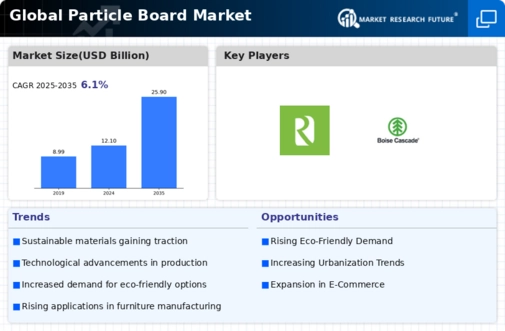
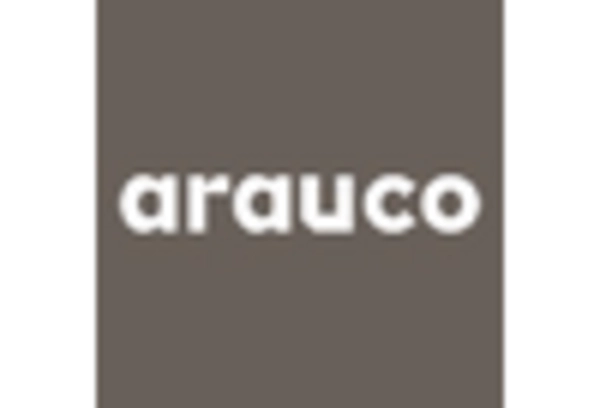
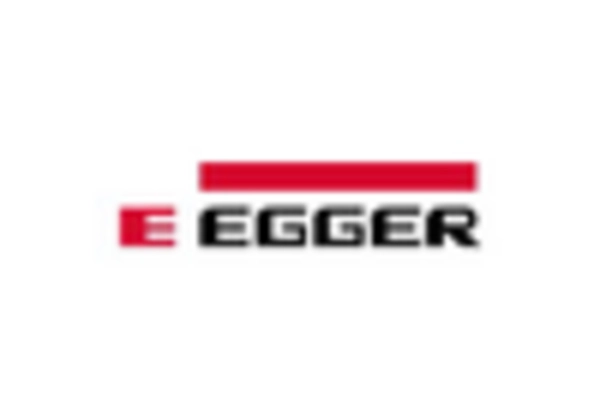
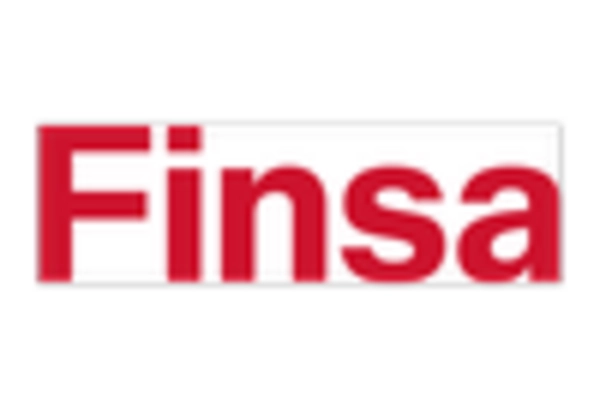
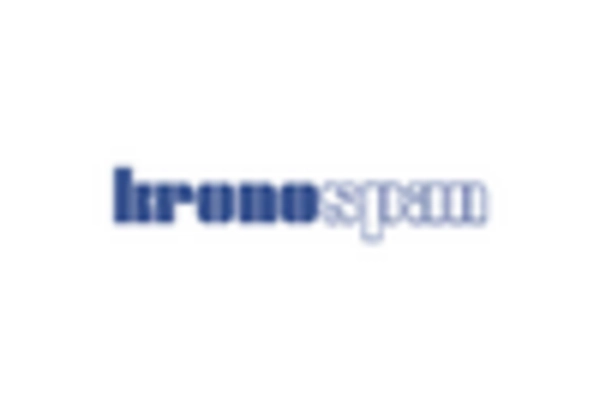
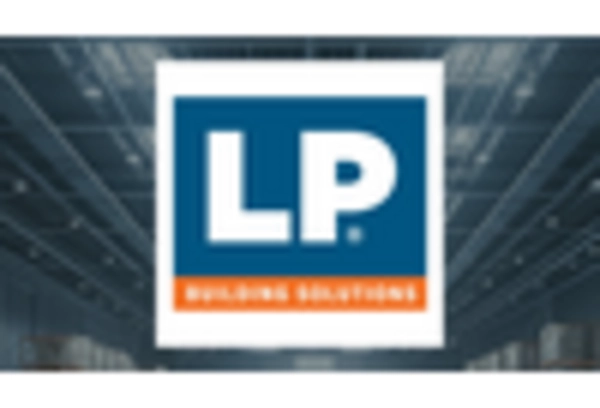
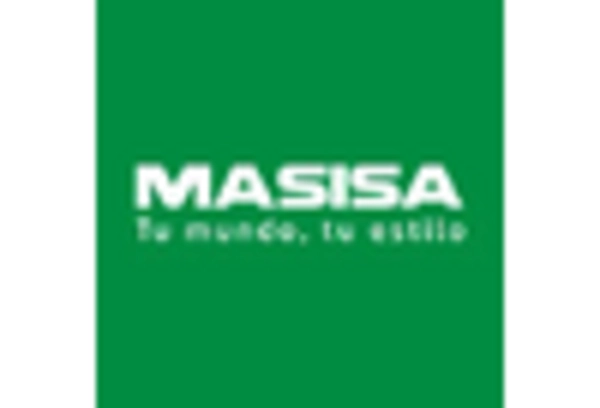









Leave a Comment